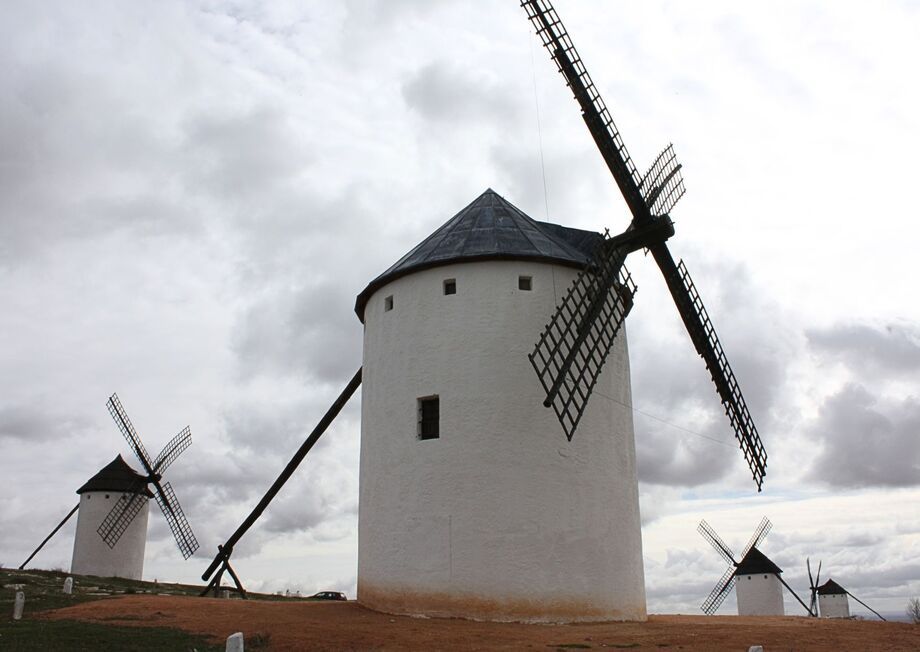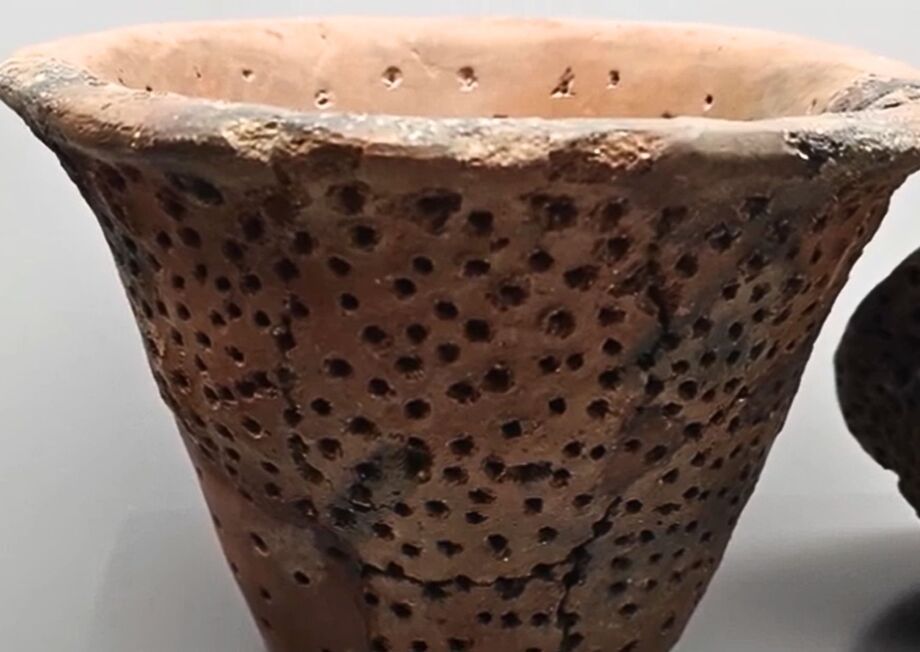Manchego cheese, one of Spain’s most celebrated and historic cheeses, originates in the heart of the Iberian Peninsula — the vast, sun-drenched plains of La Mancha. Known for its windmills, vineyards, and the literary legend of Don Quixote, this region has nurtured a cheesemaking tradition that dates back thousands of years. Passed down through generations, the craft remains a proud symbol of the region’s cultural and agricultural heritage.
One of the towns at the center of this legacy is Herencia, located in the province of Ciudad Real. Deeply rooted in pastoral life, Herencia has long been a cradle of traditional cheesemaking, where the bond between land, livestock, and artisan craftsmanship is still honored today. Here, the Manchega sheep graze freely on open fields, producing the rich, flavorful milk essential to authentic Manchego cheese.
Family-run producers like Gomez Moreno Family keep this legacy alive. Based in Herencia, Gomez Moreno Family is a multi-generational company that owns and raises its own flock, ensuring full control over the quality of its raw materials. Their dedication to traditional methods and superior animal care results in exceptional cheeses — a fact recognized by multiple international awards. Gomez Moreno Family’s commitment to excellence, from pasture to plate, makes them a true ambassador of La Mancha’s enduring cheese heritage.

A Cheese Born of La Mancha
Manchego cheese owes its name and identity to this unique territory. To carry the Protected Designation of Origin (PDO) label, authentic Manchego must be made in La Mancha using milk from Manchega sheep. A native breed that thrives in the region’s dry climate and open pastures.
Moreover, the land, climate, and centuries-old techniques all contribute to shaping the cheese’s unique character. Towns like Herencia, for example, play a key role in preserving these time-honored traditions. The result is a firm, buttery cheese with a slight tang and a deep, earthy richness that reflects its origins.

Ancient Traditions and Archaeological Traces
Cheesemaking in La Mancha has ancient roots. Over the years, archaeological digs across the region, including near Herencia, have uncovered early tools like perforated ceramic strainers. In particular, these primitive colanders likely served in cheese production. Moreover, organic residues found on some artifacts suggest the use of animal fats or milk curds, offering concrete proof of early dairy techniques.
Taken together, these discoveries highlight La Mancha’s long-standing relationship with cheesemaking. Far from being incidental, Herencia and nearby towns didn’t just preserve a food tradition — instead, they helped build a cultural legacy passed down through generations.

Manchego’s Enduring Legacy
Today, Manchego enjoys international fame. You’ll find it in gourmet shops in New York and on tapas menus in Tokyo. Despite its global reach, the cheese remains deeply tied to La Mancha — and to the artisans in places like Herencia, Ciudad Real, who continue to make it by hand using time-honored methods.
Whether enjoyed young and delicate or aged and bold, Manchego tells a timeless story. It speaks of its land, its people, and a heritage of flavor that has endured for thousands of years.



